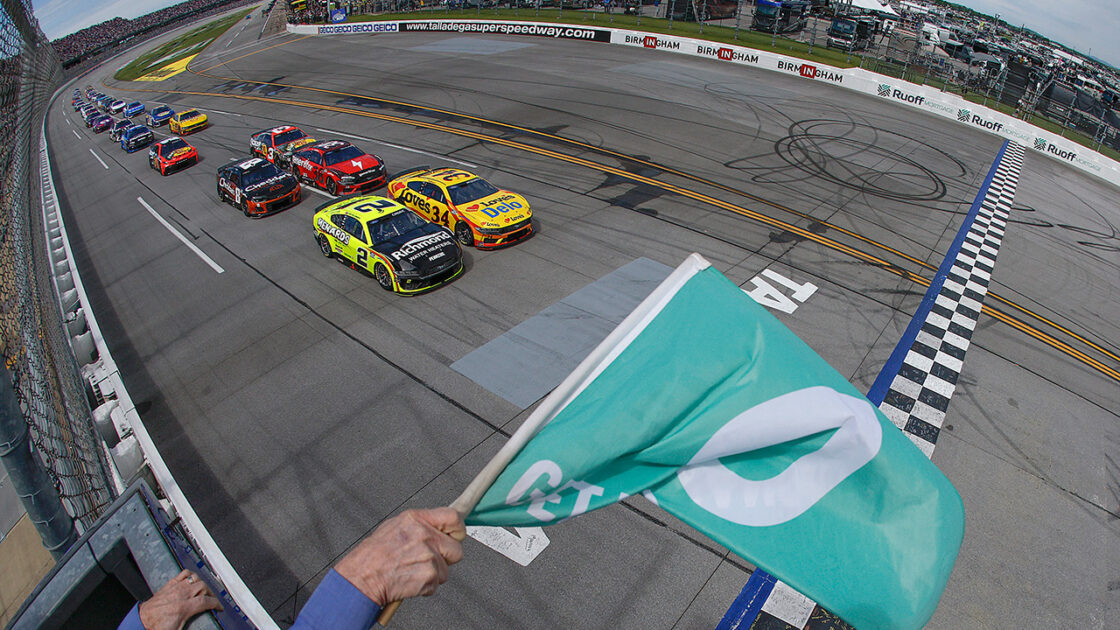NASCAR Just Made 3 Big Changes To Stop Its Cars From Flipping

NASCAR has updated its cars in an effort to try to stop them from acting like Superman on superspeedways.
The seventh generation Cup Series car has shown a tendency to go airborne and flip when it gets turned sideways and NASCAR has tried a few changes to mitigate the issue.
The last came after Corey LaJoie ended up on his roof at Michigan Speedway. NASCAR added a fin-style air deflector along the right side of the rear window that was designed to disrupt the airflow and increase the speed needed to lift a car into the air.
It was implemented for the following race at Daytona, but didn’t work as Josh Berry ended up in rollover crash and Michael McDowell’s car was lifted into the air 90 degrees and almost flipped over.
Read Also: HERE’S WHAT IT’S LIKE TO DRIVE NASCAR’S ELECTRIC RACE CAR

Further wind tunnel testing has led to three additional modifications that have been implemented for the YellaWood 500 playoffs race at Talladega Superspeedway.

The twin fins remain, but the right side roof rail has been extended to two inches to be a more effective air deflector. A small side skirt extension has also been added on the right side ahead of the rear wheel.

The newest innovation is a triangular piece of fabric that connects the right roof flap, which opens when the car goes sideways, to the roof of the car and acts as an additional air blocker.

According to NASCAR’s V.P. of vehicle performance, Dr. Eric Jacuzzi, the new features should increase the liftoff speed by 25% when the car is at a 90 degree angle to the direction of travel.

Whether or not it works in the real world won’t be known until one of the cars ends up in that situation, so everyone might be better off if we never find out for sure.
Read Also: THE CHEVROLET CAMARO IS RETURNING TO NASCAR IN 2025 WITH ONE BIG CHANGE
